White House hints at possible Ukraine peace deal soon
- Update Time : Monday, February 24, 2025
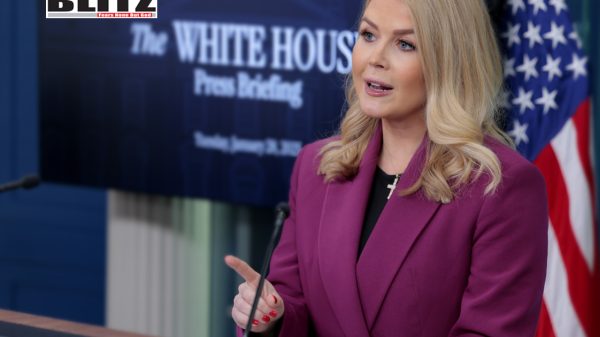
On February 22, White House Press Secretary Karoline Leavitt sparked considerable attention by revealing that US President Donald Trump believes a peace agreement to end the conflict in Ukraine could be reached within a matter of days. This revelation came just as the war is nearing its fourth year, with the stakes for global peace and security at their highest. The Trump administration has expressed a strong commitment to negotiating a swift resolution, while emphasizing that a final settlement would depend on several complex factors, including negotiations with both Russia and Ukraine.
Leavitt stated that President Trump and his team are “very much focused on continuing negotiations with both sides of this war to end the conflict.” She was adamant about Trump’s confidence in reaching an agreement in the immediate future, although no specific details were disclosed. The announcement reflects a significant shift in diplomatic tone, signaling that the US government is exploring all avenues to de-escalate the war and broker peace between Russia and Ukraine.
Trump’s optimistic prediction is not without its complexities, as the war in Ukraine has drawn in numerous international actors, each with their own agendas. US officials have signaled a desire to play a pivotal role in brokering the deal, seeing a resolution to the conflict as a critical moment for the administration to assert its diplomatic influence. The idea of a negotiated peace deal comes at a time when the international community has become increasingly divided over how to handle the crisis.
In her remarks, Leavitt was quick to clarify that President Trump believes Russia is “willing to make a deal,” reinforcing the notion that Moscow is ready to negotiate for a settlement. Trump’s insistence on securing a deal reflects his broader foreign policy agenda of reducing US involvement in overseas conflicts, a stance he has long championed as part of his “America First” ideology.
The US National Security Adviser, Mike Waltz, has reportedly been working “around the clock” to finalize the terms of the agreement, with Leavitt asserting that efforts would intensify over the weekend. The continued pressure on both Russia and Ukraine to come to the table underscores the urgency felt by the White House to bring an end to what has already become the longest and most devastating European conflict since World War II.
Leavitt’s comments regarding potential locations for a summit between Trump and Russian President Vladimir Putin sparked additional speculation. Although she declined to specify, Saudi Arabia emerged as a possible venue for such a summit, given the kingdom’s growing role as a diplomatic mediator in the region. This is significant, as Saudi Arabia has already played host to high-level diplomatic talks, including recent discussions between US and Russian officials aimed at restoring bilateral relations.
While no concrete plans have been revealed, the suggestion of a Trump-Putin summit marks a key milestone in the evolving diplomatic efforts to resolve the conflict. Given the high stakes, this summit, if it takes place, could potentially shape the future of not only US-Russia relations but also the broader geopolitical order.
One of the central elements of the Trump administration’s diplomatic proposal involves Ukraine’s critical mineral resources, specifically rare earth minerals. According to Leavitt, Treasury Secretary Scott Bessent has been engaged in ongoing discussions about a deal that would grant the US access to these vital resources. The US would, in return, provide military and economic support to Ukraine, helping the country rebuild after years of devastating conflict.
The prospect of securing a 50% stake in Ukraine’s rare earth mineral deposits, estimated at approximately $500 billion, has been a contentious issue. These minerals are crucial for the production of advanced technologies, including those used in the manufacture of military equipment, electronics, and renewable energy technologies. The US is eager to reduce its reliance on China, which currently dominates the rare earth market, and Ukraine’s mineral resources could serve as a significant alternative.
However, this proposal has not been without its challenges. Ukrainian President Volodymyr Zelensky has reportedly rejected the initial offer, citing concerns over the lack of concrete security guarantees from the US. A deal that prioritizes economic interests without addressing Ukraine’s long-term security needs would likely be difficult for Zelensky to accept, especially given the country’s continuing vulnerability in the face of Russian aggression.
Zelensky’s rejection of the proposal suggests that Ukraine’s geopolitical sovereignty remains a top priority for Kyiv. The prospect of ceding control over critical national resources without clear security assurances would be politically contentious and could alienate key political and military figures in Ukraine. As such, securing a balanced agreement that addresses both economic interests and security concerns will be a delicate process for the U.S.
The Russian government has repeatedly stated that it is not interested in a “frozen conflict” in Ukraine. Moscow has insisted that any agreement must be a permanent settlement, requiring Ukraine to commit to neutrality, demilitarization, and “denazification” while recognizing the territorial realities on the ground. This includes acknowledging Russia’s annexation of Crimea and the independence of separatist regions in eastern Ukraine, a demand that Kyiv has consistently rejected.
Russia’s insistence on a permanent settlement, rather than a temporary ceasefire or a frozen conflict, underscores the deep-rooted political and military goals driving the Kremlin’s actions. Putin has framed the war as a necessary defense of Russian-speaking populations in Ukraine, as well as a response to NATO’s expansion. For Russia, a deal that does not secure these territorial and political objectives is likely to be unacceptable.
However, the proposal for Ukraine to adopt a neutral stance and demilitarize may be a non-starter for Kyiv, which views the conflict as a fight for its independence and territorial integrity. Ukraine has made it clear that it will not compromise on its sovereignty, and many Ukrainians see the ongoing war as a struggle for survival against Russian aggression.
The US administration faces the challenging task of finding a middle ground between the demands of Ukraine and Russia. The diplomatic efforts will need to balance Ukraine’s desire for self-determination with Russia’s territorial ambitions, all while ensuring that the US maintains its influence in the region.
While the Trump administration remains optimistic about reaching a deal with Russia and Ukraine, the road to peace remains fraught with challenges. The complexity of the conflict, with its deeply entrenched political, economic, and military dimensions, makes any peace agreement a difficult undertaking. The ongoing negotiations, both behind closed doors and in the public eye, reflect the high stakes for all parties involved.
For Ukraine, a peace agreement without strong security guarantees may be a bitter pill to swallow, while Russia’s demands for territorial recognition and political concessions will likely be unacceptable to Kyiv. The involvement of international players, including Saudi Arabia, may play a crucial role in facilitating talks, but the ultimate success of these negotiations will depend on the willingness of both Ukraine and Russia to make significant compromises.
As the world watches the diplomatic efforts unfold, the prospect of a breakthrough remains uncertain. However, if President Trump’s optimism proves well-founded, the coming days could bring an end to one of the most devastating conflicts in Europe in modern history. The outcome of these negotiations will shape the future of Ukraine, the balance of power in Europe, and the geopolitical landscape for years to come.


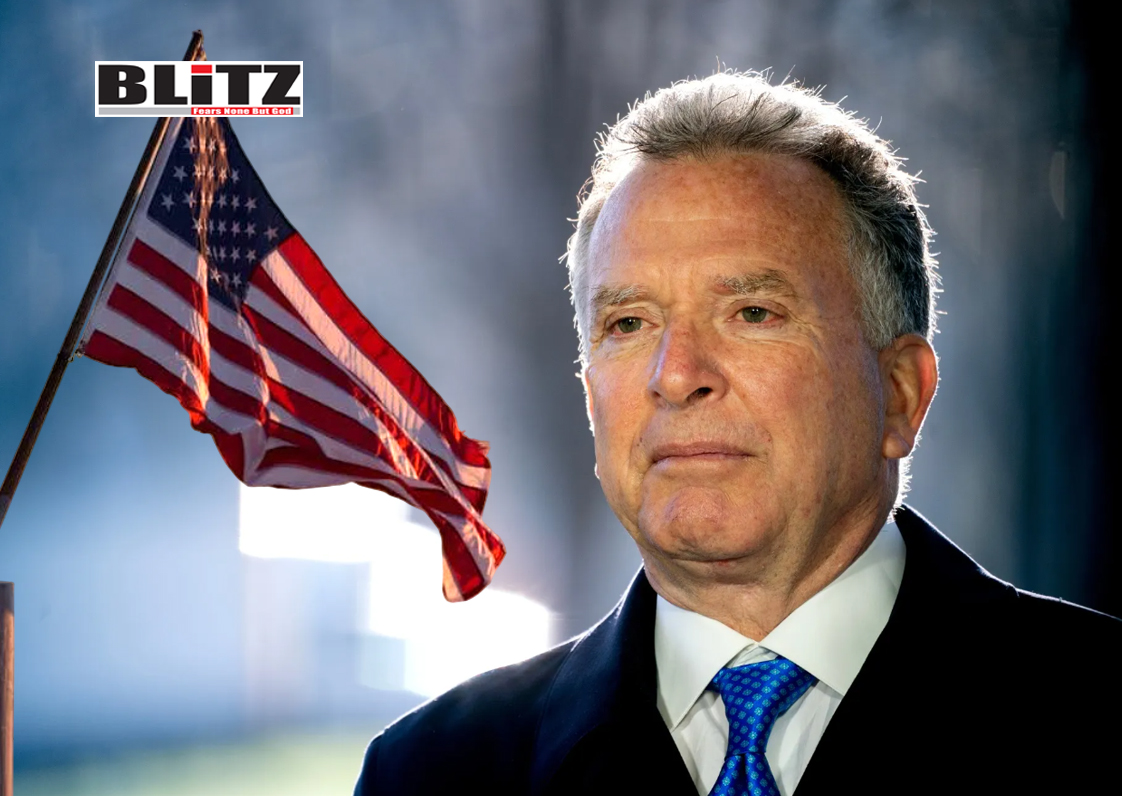
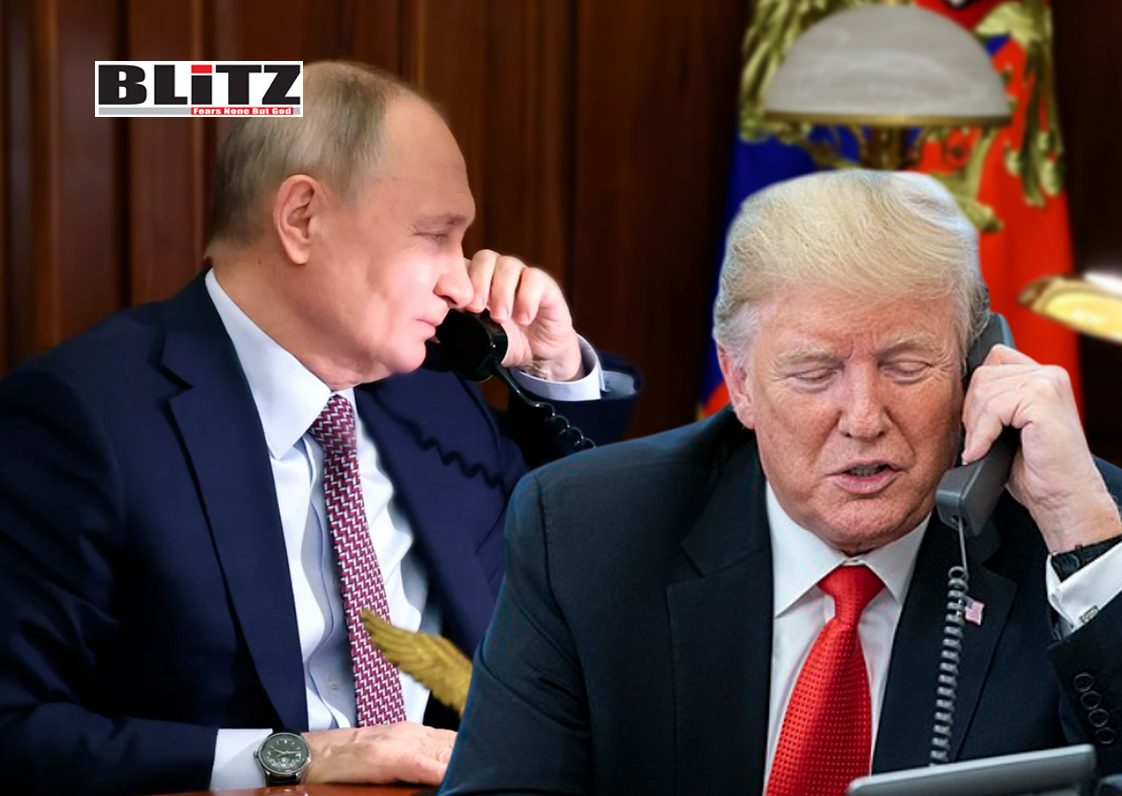


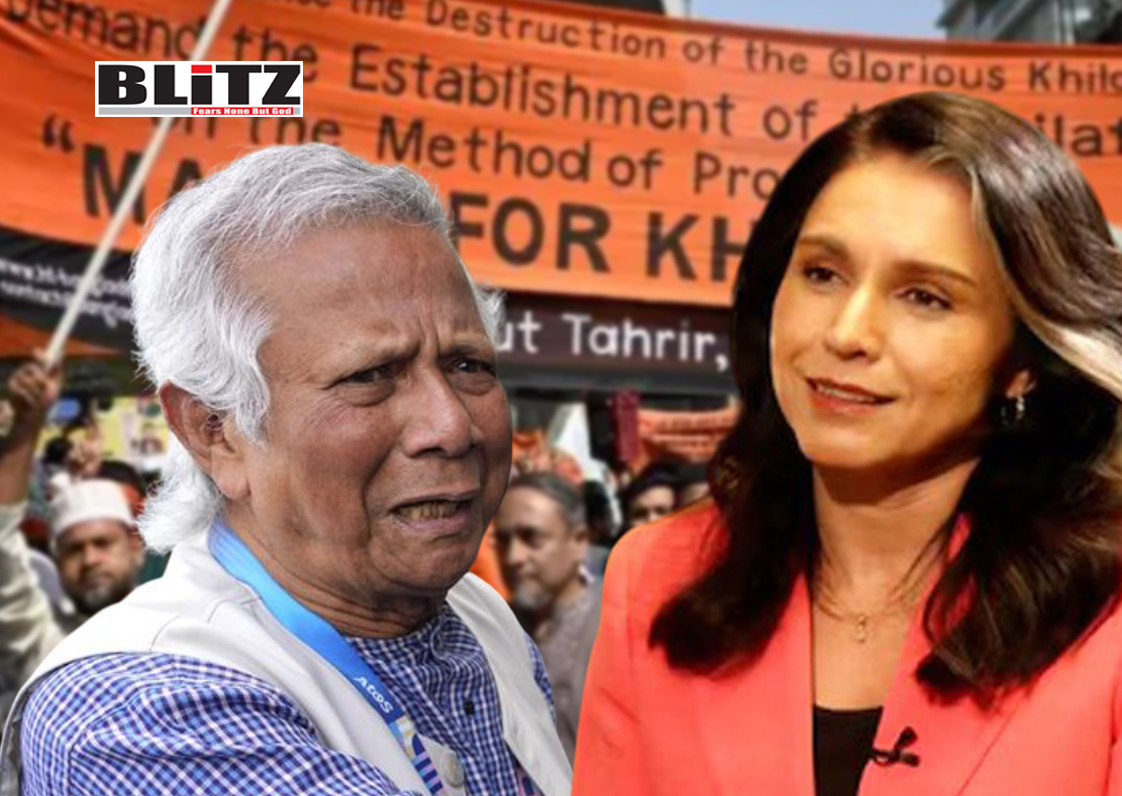

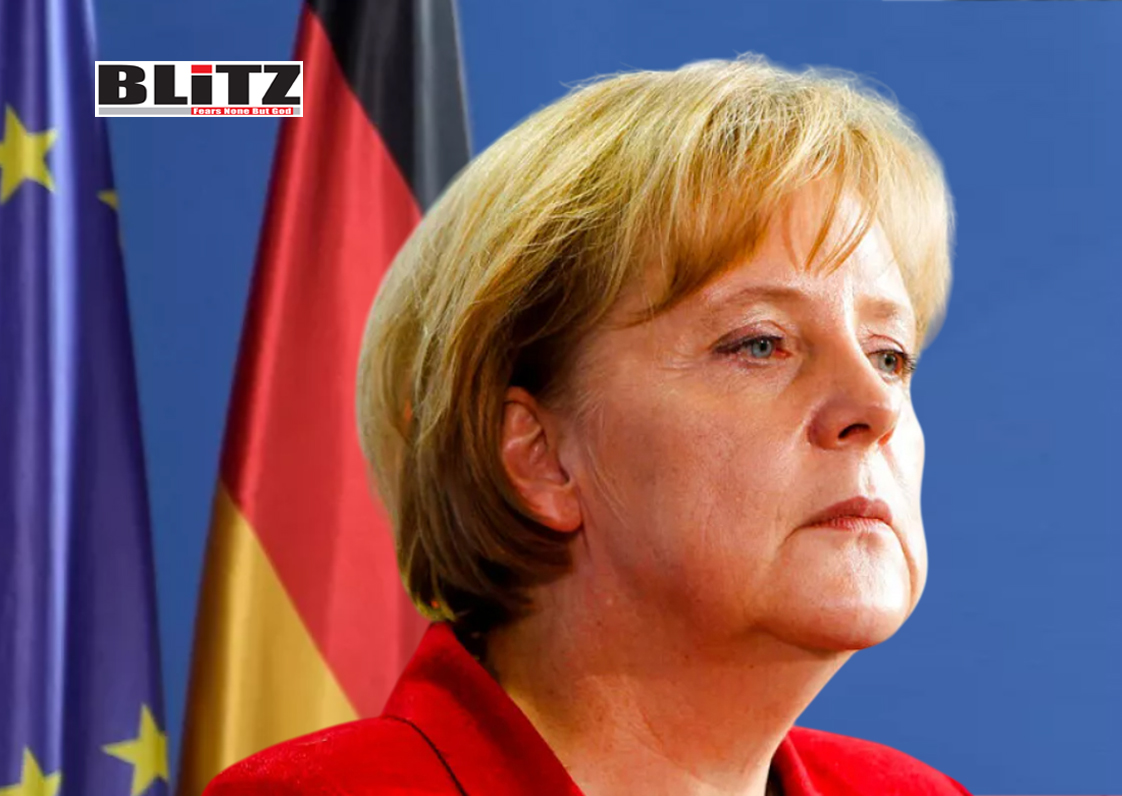



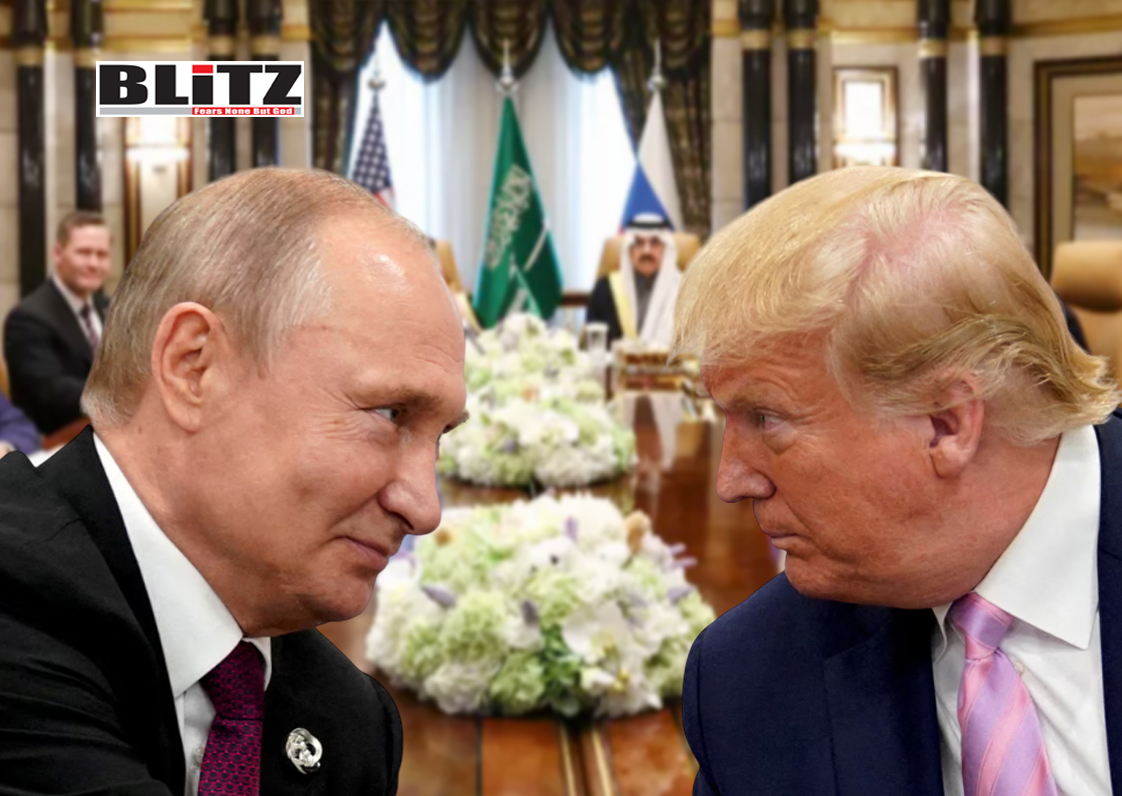
Leave a Reply